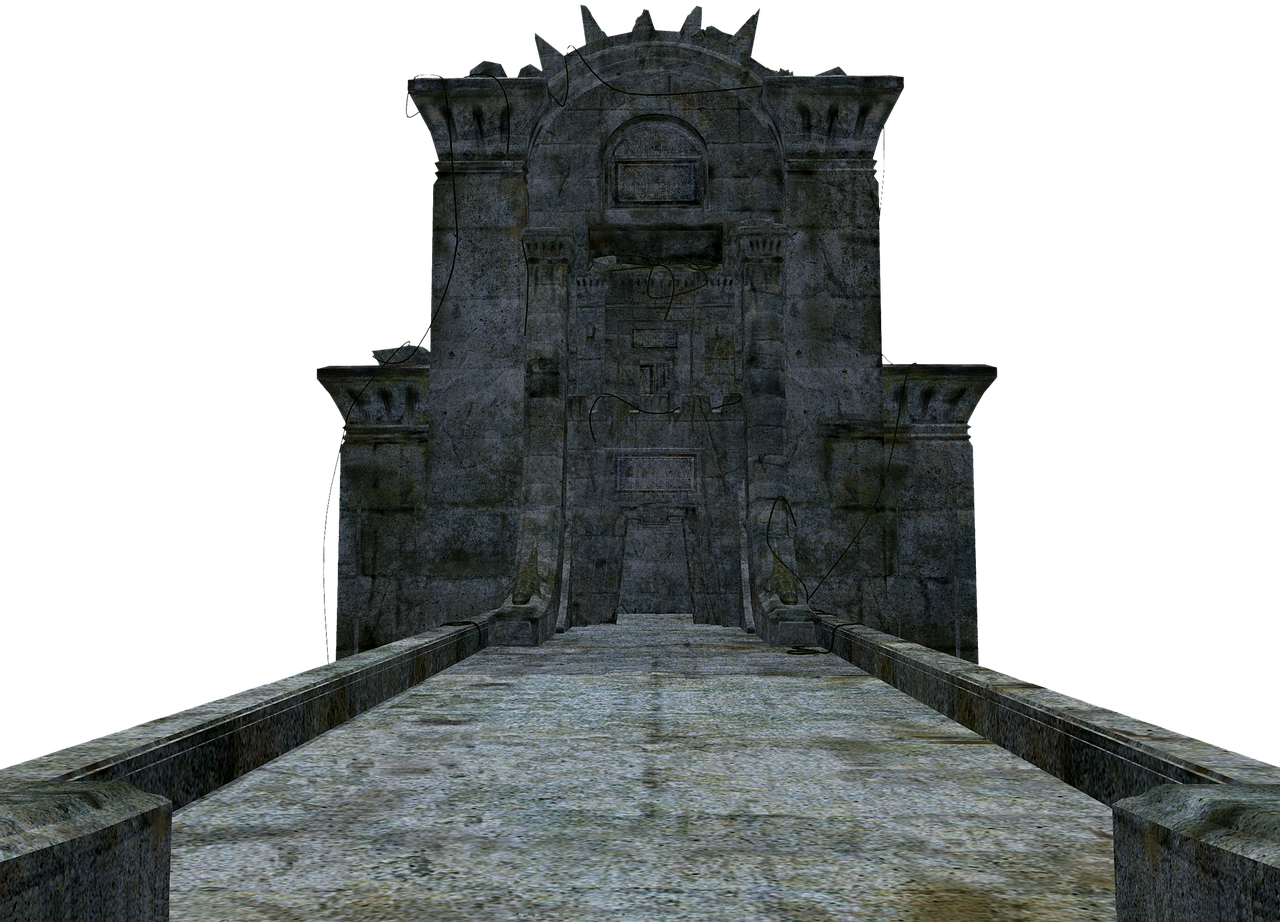Parapet
Contents |
[edit] What is a parapet?
A parapet is typically the uppermost reaches of a wall that extends above the roof level and provides a degree of protection to roof, gutters, balconies and walkways of houses, churches, castles, apartment blocks, commercial and other buildings. It may be constructed from brick, stone, concrete, timber or even glass. A parapet may also prevent fire spreading to a roof and provide a degree of protection from a sudden and potentially fatal fall.
On a pitched roof, a parapet may only exist where a wall rises above the eaves, which is generally the lowest point of the roof as it terminates above a gutter; this point forms a convenient valley into which a gutter can be placed.
The top of a parapet will usually be terminated by some form of capping or coping in brick, stone, or concrete, or even sheet metal, such as lead, zinc or steel.
Cappings are usually flush with the sides of the wall while copings extend from the face. Tradiitonally, copings would extend by around 50mm or more on either side of the wall to provide weather protection to the area below; they would also be throated (ie incorporate a continuous semi-circular recess called a 'drip') to convey water away from the wall to reduce the risk of damp penetration.
[edit] Problems with brick parapets
Two of the most common problems encounteerd with brick parapets are bowing, where the parapet develops an unsightly lean to one side, usually the roof side; and cracking of the brickwork. If either of these becomes excessive, rebuilding the parapet may be necessary.
The reasons for such problems can be complex but they usually involve:
One side of the parapet getting more sunshine (heat) and rain (and therefore more saturation) than the other side. This may cause a degree of differential movement which will be exacerbated as, unlike the brickwork at the lower reaches which is constrained by the weight of the brickwork above, the brickwork in a parapet has far less constraint and therefore can move more freely. Differential weathering mechanisms will be heightened when one side of the parapet faces north and the other faces south.
Cracking of the brickwork in a parapet may be the result of insufficient movement joint provision to absorb any expansion. Movement joints in parapets (and freestanding walls) should be more generous than those in a structure's walls because the lack of restraint in the parapet can amplify the effects of movement.
NB High Speed Rail (Crewe – Manchester) Environmental Statement, Glossary, abbreviations and references, published by the Department for Transport in 2022, defines a parapet as: ‘A low wall along the edge of a structure (e.g. a bridge), to protect people from falling.’
[edit] Related articles on Designing Buildings
- Aircrete blocks.
- Bartizan.
- Blockwork.
- Cavity tray.
- Cavity wall.
- Damp-proof course.
- Defects in brickwork
- Efflorescence.
- Mortar.
- Perpend.
- Pointing.
- Rainwater head.
- Spalling.
- Treating brickwork with sealant or water repellent.
- Types of bricks.
[edit] External references
Featured articles and news
Latest Build UK Building Safety Regime explainer published
Key elements in one short, now updated document.
UKGBC launch the UK Climate Resilience Roadmap
First guidance of its kind on direct climate impacts for the built environment and how it can adapt.
CLC Health, Safety and Wellbeing Strategy 2025
Launched by the Minister for Industry to look at fatalities on site, improving mental health and other issues.
One of the most impressive Victorian architects. Book review.
Common Assessment Standard now with building safety
New CAS update now includes mandatory building safety questions.
RTPI leader to become new CIOB Chief Executive Officer
Dr Victoria Hills MRTPI, FICE to take over after Caroline Gumble’s departure.
Social and affordable housing, a long term plan for delivery
The “Delivering a Decade of Renewal for Social and Affordable Housing” strategy sets out future path.
A change to adoptive architecture
Effects of global weather warming on architectural detailing, material choice and human interaction.
The proposed publicly owned and backed subsidiary of Homes England, to facilitate new homes.
How big is the problem and what can we do to mitigate the effects?
Overheating guidance and tools for building designers
A number of cool guides to help with the heat.
The UK's Modern Industrial Strategy: A 10 year plan
Previous consultation criticism, current key elements and general support with some persisting reservations.
Building Safety Regulator reforms
New roles, new staff and a new fast track service pave the way for a single construction regulator.
Architectural Technologist CPDs and Communications
CIAT CPD… and how you can do it!
Cooling centres and cool spaces
Managing extreme heat in cities by directing the public to places for heat stress relief and water sources.
Winter gardens: A brief history and warm variations
Extending the season with glass in different forms and terms.
Restoring Great Yarmouth's Winter Gardens
Transforming one of the least sustainable constructions imaginable.
























Comments
[edit] To make a comment about this article, click 'Add a comment' above. Separate your comments from any existing comments by inserting a horizontal line.